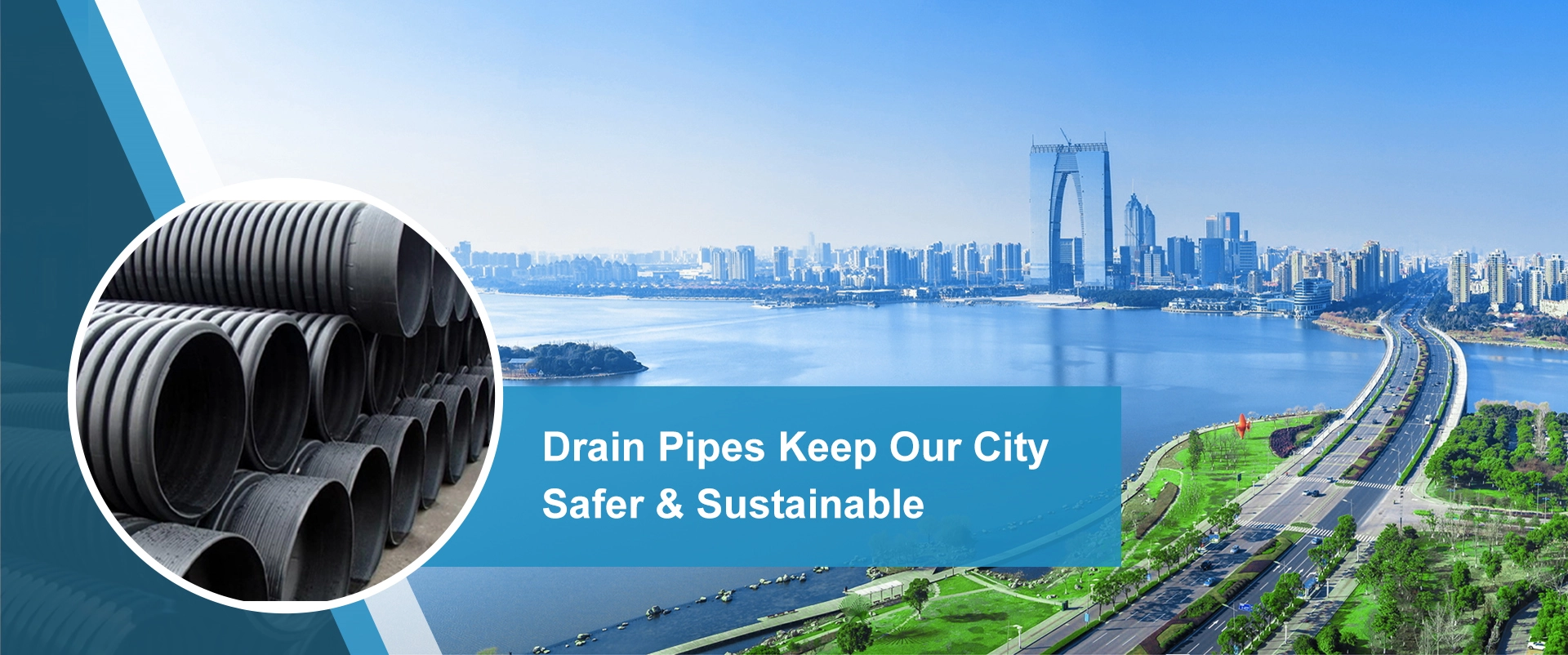Oct . 18, 2024 06:43 Back to list
High-Density Polyethylene Pipes for Safe Drinking Water Applications and Solutions
HDPE Pipe for Potable Water A Comprehensive Overview
High-Density Polyethylene (HDPE) pipes have emerged as a popular choice for potable water distribution systems across the globe. Their unique properties, which include high strength, durability, and resistance to corrosion, make them an ideal material for transportation of drinking water. In this article, we will explore the benefits of HDPE pipes, their applications, and the factors that ensure their suitability for potable water supply.
What is HDPE?
High-Density Polyethylene (HDPE) is a type of plastic made from petroleum. It is characterized by its density and strength, making it more rigid than other forms of polyethylene. HDPE is produced through the polymerization of ethylene, resulting in a polymer that can be molded and shaped into a variety of forms, including pipes. The manufacturing process can be controlled to enhance specific properties, such as resistance to chemical degradation and UV radiation.
Key Benefits of HDPE Pipes for Potable Water
1. Durability and Longevity HDPE pipes are resistant to corrosion and can last over 50 years with proper care. Unlike traditional materials such as iron or PVC, HDPE does not rust or corrode, making it suitable for long-term applications in potable water systems.
2. Non-Toxicity One of the primary concerns with any potable water system is the safety of the materials used. HDPE pipes are non-toxic and do not leach harmful chemicals into the water, meeting the stringent standards for drinking water conveyed in the United States by the Environmental Protection Agency (EPA) and various international counterparts.
3. Flexibility and Strength The flexibility of HDPE allows it to be installed in a variety of environments without the risk of fracture. HDPE pipes are especially effective in areas prone to ground movement, as they can flex without breaking, unlike more rigid materials.
4. Low Maintenance The smooth interior surface of HDPE pipes prevents the accumulation of scale and deposits, reducing maintenance needs and associated costs. This also ensures a consistent flow rate over time, making it an efficient option for water distribution.
5. Cost-Effectiveness While the initial investment might be higher than traditional piping materials, the long lifespan, low maintenance requirements, and ease of installation make HDPE pipes a cost-effective choice in the long run.
Applications of HDPE Pipes
HDPE pipes are versatile and can be used in various applications related to potable water supply
hdpe pipe for potable water products

- Municipal Water Systems HDPE is commonly used in municipal water distribution networks due to its reliability and performance. It can effectively serve large populations while ensuring safe delivery of water.
- Rural Water Supply In rural and remote areas where clean water is often scarce, HDPE pipes are ideal for constructing low-cost and effective water supply systems
.- Water Treatment Facilities HDPE pipes can be found in water treatment plants, allowing for the safe transport of treated water to communities.
- Irrigation System Beyond potable water, HDPE pipes are also widely utilized in agriculture for irrigation, showcasing their versatility.
Factors to Consider
While HDPE pipes are advantageous, there are certain factors that installers and engineers must keep in mind
- Temperature Sensitivity HDPE does have limits on temperature. It may become less rigid in extreme heat and more brittle in freezing conditions. Therefore, it is essential to consider the environmental context when using HDPE pipes.
- Installation Techniques Proper installation is crucial to leverage the benefits of HDPE. Joining methods (such as butt fusion and electrofusion) must be selected carefully to ensure a watertight seam.
- Compliance with Standards Always check that the HDPE pipes meet local, state, and national regulations for potable water systems.
Conclusion
In conclusion, HDPE pipes represent an innovative solution for the challenges of potable water distribution. Their unique properties combine durability, safety, and cost-effectiveness, making them an attractive choice for engineers and municipalities alike. Whether for new construction or upgrades to existing systems, HDPE technology constitutes a sound investment in ensuring clean, reliable drinking water for communities now and for years to come. As the demand for safe drinking water continues to rise, the role of HDPE pipes in global water infrastructure will undoubtedly grow, driving further innovation and application in the field.
-
High-Quality PVC Borehole Pipes Durable & Versatile Pipe Solutions
NewsJul.08,2025
-
High-Quality PVC Perforated Pipes for Efficient Drainage Leading Manufacturers & Factories
NewsJul.08,2025
-
High-Quality PVC Borehole Pipes Durable Pipe Solutions by Leading Manufacturer
NewsJul.08,2025
-
High-Quality PVC Borehole Pipes Reliable PVC Pipe Manufacturer Solutions
NewsJul.07,2025
-
High-Quality UPVC Drain Pipes Durable HDPE & Drain Pipe Solutions
NewsJul.07,2025
-
High-Quality Conduit Pipes & HDPE Conduit Fittings Manufacturer Reliable Factory Supply
NewsJul.06,2025

